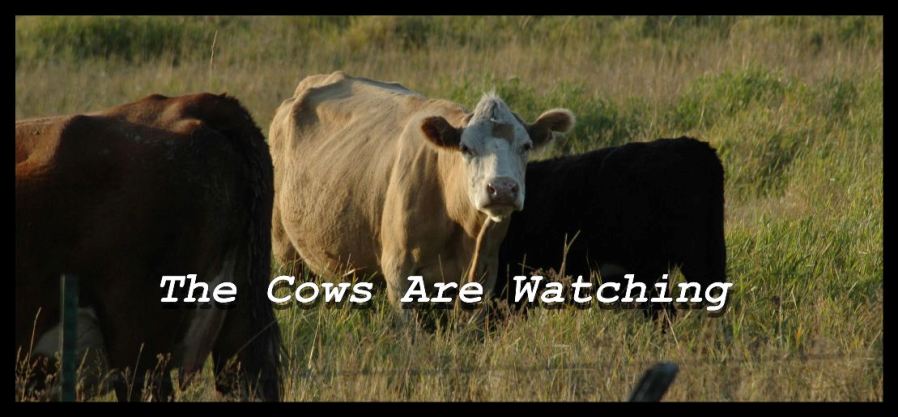Any good athlete knows that a steady rhythm and efficiency of motion is the best way to move fast and conserve energy. This is especially applicable in hiking, mountaineering, and backpacking. A couple of years ago four of us took the trek up Mt Saint Helens two of us worked our way up the trail with poles and the two younger members went without. As we climbed the mountainside the boys, like a pair of dogs, would race ahead and then stop and rest. By the time we reached the bottom of the trail they were exhausted, with their proverbial tongues hanging out.
The idea of conservation of energy has been around for a long time. Any experienced mountaineer knows the value of the rest step. For the uninitiated, the rest step involves relaxing all the muscles not required to take the next step up the hill; the quadriceps need to be tightened to lift the leg but the calf and ankle muscles should stay relaxed and loose. This is the concept of conservation of energy as it applies to the human body.
Rhythm is another important concept to be fully familiar with when involved in physical activities such as hiking. Most people think rhythm is something to be found only in music to keep the beat at a constant speed so that the music feels right. Isaac Newton, one of the inventors of Calculus, suggested that an object which is in motion tends to stay in constant motion so long as another force is not applied to it. Speeding up and slowing down, irregularities in rhythm (hikers call it pace), are additional forces applied to a hiker. This stopping and starting caused an irregular pace for the boys and burned more energy then necessary. This is why the two boys were tired by the end of the climb up and down Saint Helens.
Now to the subject of trekking poles. Poles are used for both conservation of energy and pace. When I was growing up I could not stand having a stick in my hand; for some reason I could not get used to the feeling. I wanted my hands free so that I could reach down and hitch my pack up and take some of the weight off of my shoulders. Finally someone handed me a set of trekking poles to try. With some intrepidation I took the poles and used them. What I found was a more consistent walking pace and less strain on my legs and knees. The point here is that the trekking poles provided an extra two points of contact with the ground taking a portion of weight from the legs and applying it to the arms hence conservation of energy on the legs. The second benefit of poles is the constant pace. With each plant of the pole comes one step which develops a very rhythmic an constant walking pace.
Trekking poles for any casual or avid adventurer is a must which provide both a means of conserving energy and a way to set an even pace improving both distance traveled and speed. Even if you are considering a short hike or a long trek the first consideration before hitting the trail should be the purchase of a decent set of poles.
Rhythm is another important concept to be fully familiar with when involved in physical activities such as hiking. Most people think rhythm is something to be found only in music to keep the beat at a constant speed so that the music feels right. Isaac Newton, one of the inventors of Calculus, suggested that an object which is in motion tends to stay in constant motion so long as another force is not applied to it. Speeding up and slowing down, irregularities in rhythm (hikers call it pace), are additional forces applied to a hiker. This stopping and starting caused an irregular pace for the boys and burned more energy then necessary. This is why the two boys were tired by the end of the climb up and down Saint Helens.
Now to the subject of trekking poles. Poles are used for both conservation of energy and pace. When I was growing up I could not stand having a stick in my hand; for some reason I could not get used to the feeling. I wanted my hands free so that I could reach down and hitch my pack up and take some of the weight off of my shoulders. Finally someone handed me a set of trekking poles to try. With some intrepidation I took the poles and used them. What I found was a more consistent walking pace and less strain on my legs and knees. The point here is that the trekking poles provided an extra two points of contact with the ground taking a portion of weight from the legs and applying it to the arms hence conservation of energy on the legs. The second benefit of poles is the constant pace. With each plant of the pole comes one step which develops a very rhythmic an constant walking pace.
Trekking poles for any casual or avid adventurer is a must which provide both a means of conserving energy and a way to set an even pace improving both distance traveled and speed. Even if you are considering a short hike or a long trek the first consideration before hitting the trail should be the purchase of a decent set of poles.

